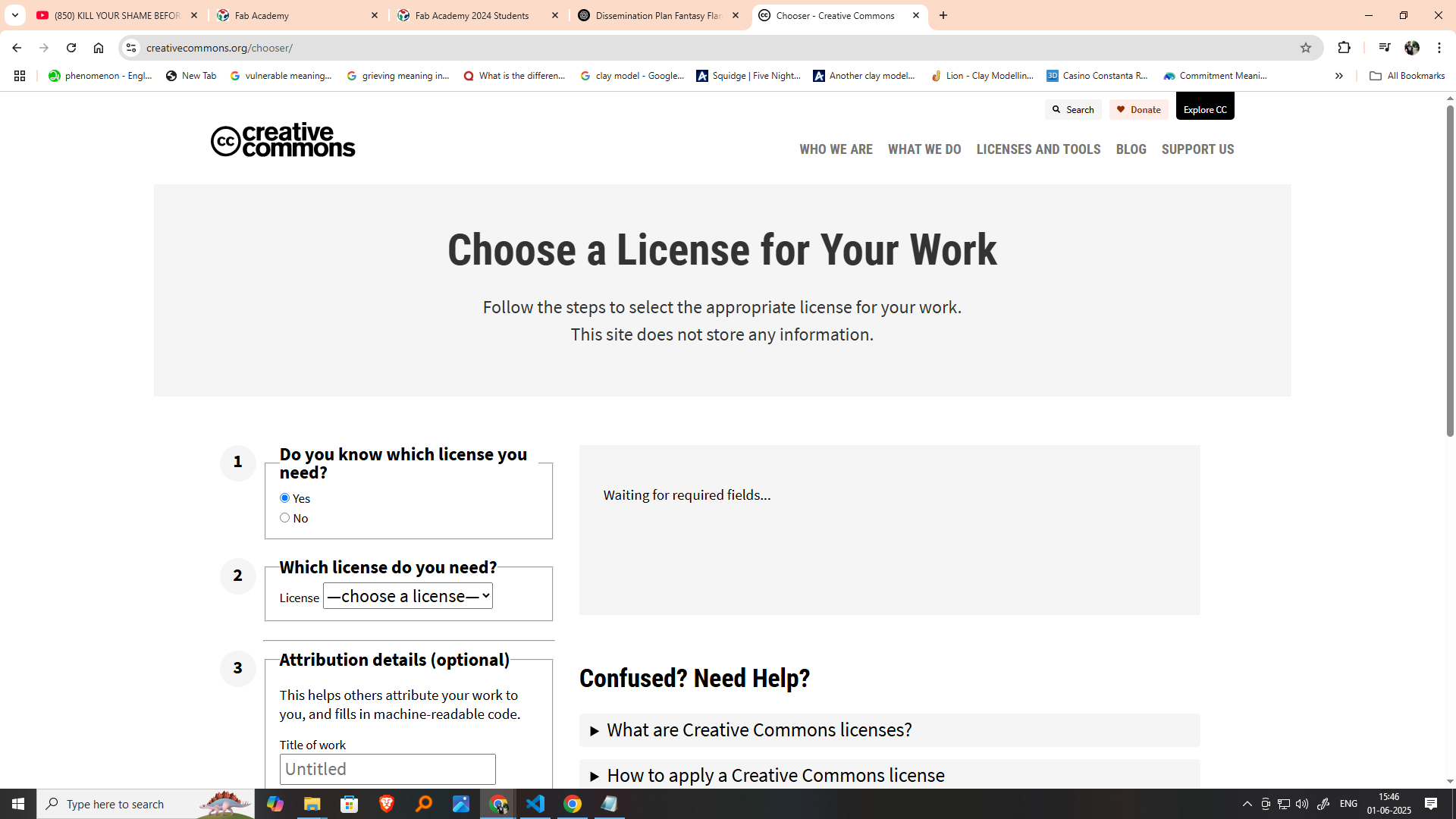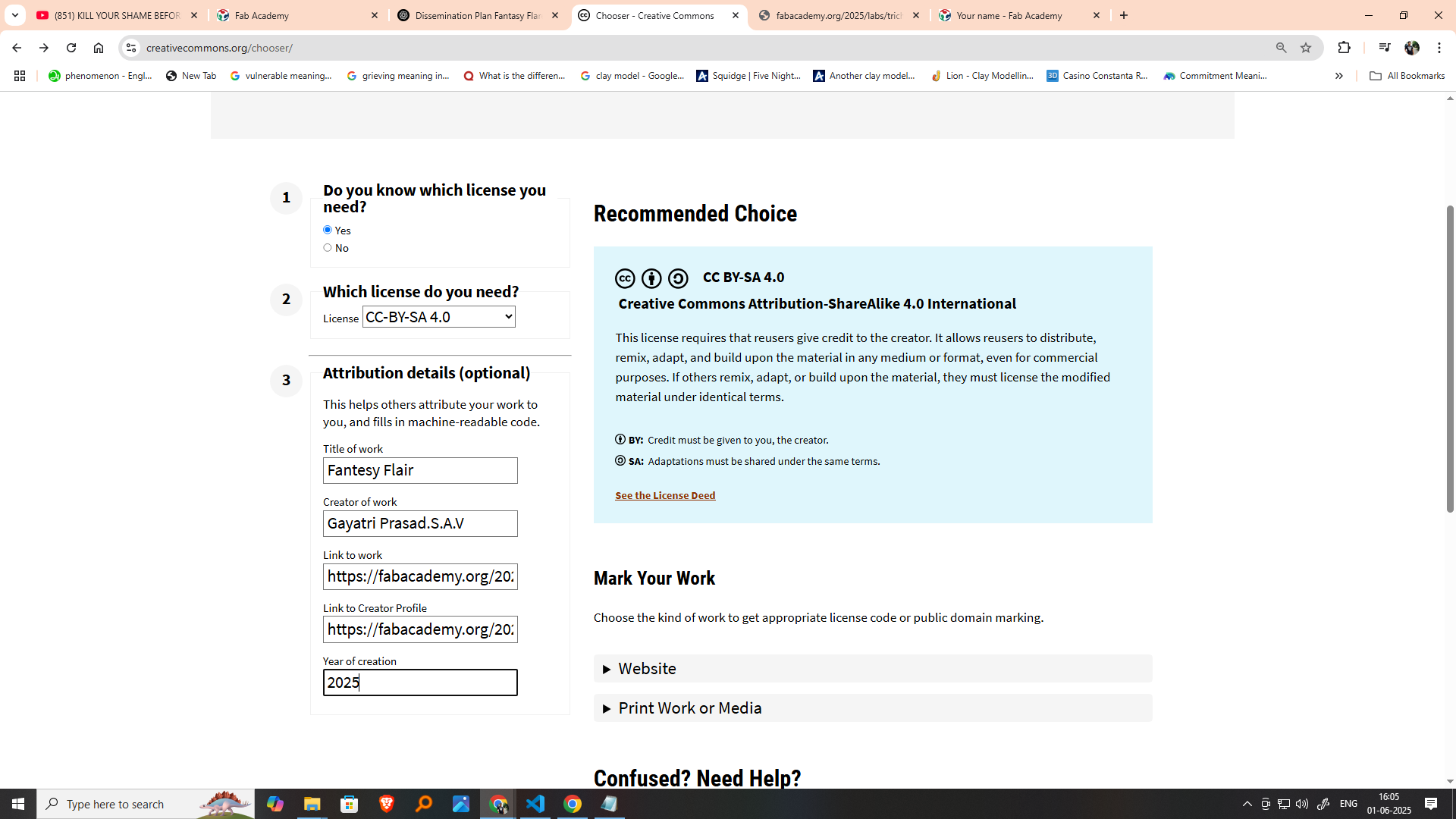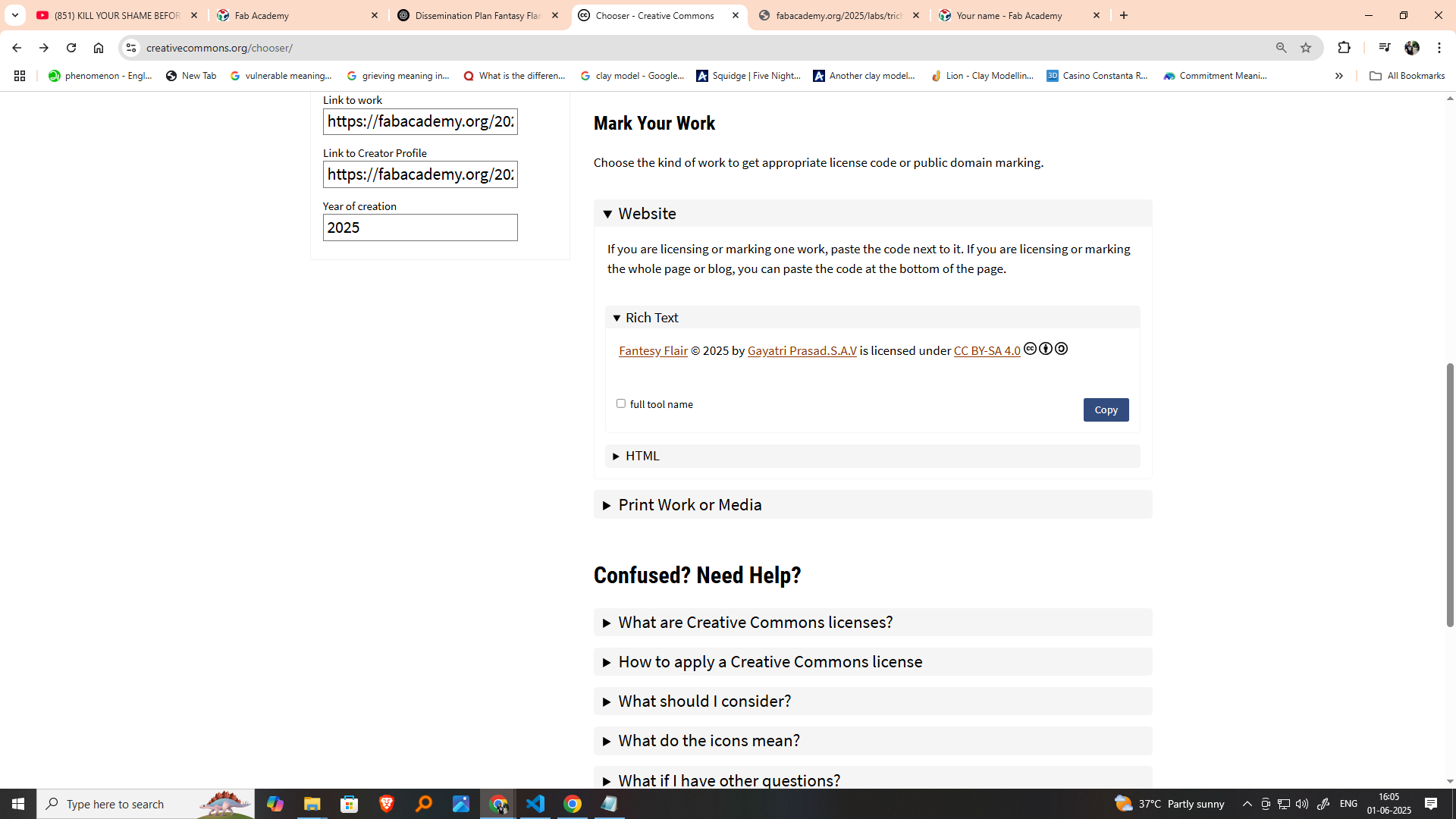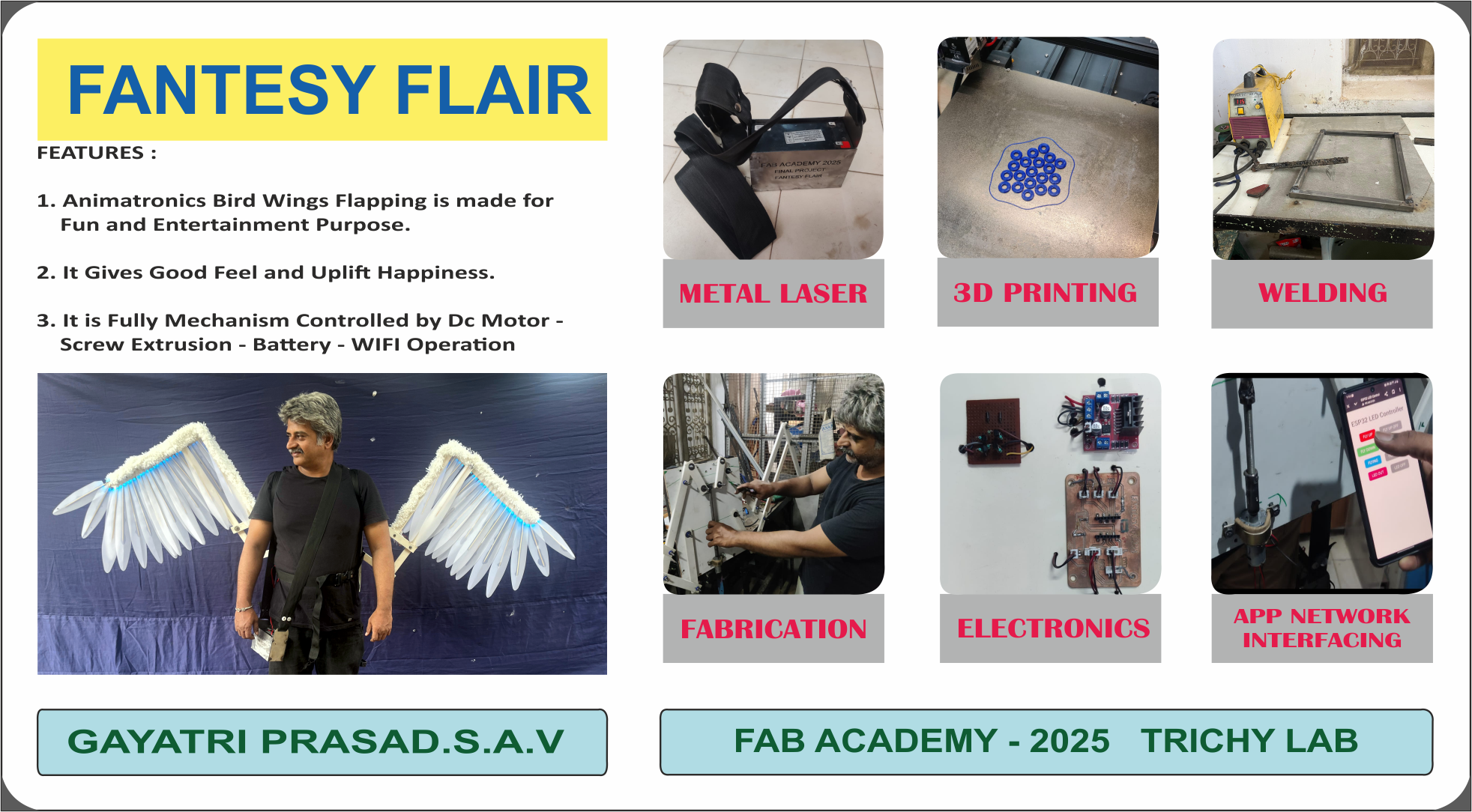Invention
Invention is the process of creating something new that has never existed before—an original idea, method, device, or product developed to solve a problem or improve life. It is driven by curiosity, necessity, or the desire to enhance existing solutions. Invention is important because it fuels progress in technology, society, and daily life, often leading to innovations that shape industries and improve how we live. Inventions can come from anyone—scientists, engineers, artists, students, or even hobbyists—because invention is not limited by profession, but inspired by observation, creativity, and the courage to try something different.
| Type of Invention | Description | ||
|---|---|---|---|
| Scientific Invention | Based on scientific principles (e.g., microscope, X-ray machine). | ||
| Technological Invention | Tools or machines that perform tasks or solve problems (e.g., computer, engine). | ||
| Mechanical Invention | Physical devices with moving parts (e.g., bicycle, clock, gear systems). | ||
| Electrical/Electronic | Uses electricity or circuits (e.g., radio, smartphone, microcontroller). | ||
| Digital/Software | Programs or systems for data processing (e.g., apps, operating systems). | ||
| Medical Invention | Devices or methods to diagnose or treat health issues (e.g., pacemaker, MRI). | ||
| Process Invention |
| Component | Type of Protection | Notes |
|---|---|---|
| Mechanical design (wings, joints, actuators) | Patent / Utility Model | If it's novel and has an inventive step |
| Custom 3D models or designs | Design Patent / Industrial Design | Protects appearance, not function |
| Control system (circuit, PCB) | Patent / Trade Secret | You could also release it as open hardware |
| Code (Arduino/firmware) | Copyright / Open-source license | Use MIT, GPL, or Apache |
| Project documentation & media | Creative Commons License | Like CC BY or CC BY-SA |
| Branding/logo/name | Trademark | For a name like “FlappyBirdX” |
Protection Options
| Protection Method | Description | Notes |
|---|---|---|
| 1. Patent (for Novel Mechanisms) |
Consider applying for a utility or provisional patent if your bird’s flapping mechanism is truly unique. |
|
| 2. Open Source Hardware Licensing | Assign specific licenses to different components of your project. |
|
| 3. Creative Commons for Documentation |
Apply a Creative Commons license CC BY-SA 4.0 to your written and visual documentation. |
|
My Recommendation
| Aspect | License/Protection |
|---|---|
| Mechanical Design | CERN OHL v2.0 |
| Firmware/Code | MIT License |
| Documentation | Creative Commons BY-SA 4.0 |
| Unique Mechanism | Publish a blog/paper for prior art |
| Future Commercial Use | Consider a trademark for brand identity |
Types of Creative Commons (CC) Attribution Licenses
| License Type | Abbreviation | What It Allows |
|---|---|---|
| Attribution | CC BY | Allows others to distribute, remix, adapt, and build upon the work, even commercially, as long as they give credit to the creator. |
| Attribution-ShareAlike | CC BY-SA | Same as CC BY, but derivative works must be licensed under identical terms (ideal for open projects). |
| Attribution-NoDerivs | CC BY-ND | Allows for redistribution, commercial and non-commercial, as long as it is unchanged and in whole, with credit to the creator. |
| Attribution-NonCommercial | CC BY-NC | Allows others to remix, adapt, and build upon the work non-commercially, with attribution. Derivatives don't have to be licensed the same way. |
| Attribution-NonCommercial-ShareAlike | CC BY-NC-SA | Non-commercial use only, with attribution and share-alike requirement for derivatives. |
| Attribution-NonCommercial-NoDerivs | CC BY-NC-ND | The most restrictive license: only allows downloading and sharing with credit, but no changes or commercial use. |
License Declaration
License Declaration
This bird flapping animatronic project is licensed as follows:
I believe in the power of open-source development and welcome collaborators. However, any commercial use should credit the original creator and maintain the same open terms.
License: Creative Commons Attribution-ShareAlike 4.0 (CC BY-SA 4.0)
- 1. Give Credit (Attribution): Created by Gayatri Prasad S.A.V
- 2. Bird flapping mechanism: fantesy flair
- 3. License Link: Creative Commons Attribution-ShareAlike 4.0 International (CC BY-SA 4.0)
- 4. Modifications: Customized design to support linear screw mechanism for a 3x2 feet wing




Business Plan-Fantasy Flair
Fantasy Flair is a wearable animatronic flapping wing mechanism designed for cosplay, stage performance, and educational demonstration. Inspired by nature and fantasy aesthetics, the project integrates mechanical design, electronics, and digital fabrication.
The wings flap realistically using a custom-designed linkage system driven by a DC motor, all controlled via a microcontroller. The structure was built using lightweight materials, and components were fabricated using CNC, 3D printing, and laser cutting techniques.
The electronics were developed using KiCad and programmed to offer smooth motion with adjustable parameters. Throughout the development, iterative prototyping was used to improve the mechanical motion and aesthetics.
This project showcases skills in mechanical design, embedded programming, and digital fabrication while serving as a foundation for future animatronics applications. Fantasy Flair demonstrates how Fab Lab tools can bring imaginative concepts to life and inspire creative engineering in education, entertainment, and the maker community.
Business Model Expansion (B2B + B2C)
| Segment | Target Audience | Use Case |
|---|---|---|
| B2C (Direct-to-Customer) |
|
|
| B2B (Business-to-Business) |
|
|
| Kit Type | Includes | Ideal For | Price |
|---|---|---|---|
| Basic Kit |
|
|
₹7,500 |
| Advanced Kit |
|
|
Starts at ₹9,500 (varies with complexity and volume) |
Growth Plan
| Phase | Action Plan |
|---|---|
| Phase 1: Pilot & Feedback |
|
| Phase 2: Social Proof & Content |
|
| Phase 3: Online Presence |
|
| Phase 4: Revenue Sharing Model |
|
Project Slide
